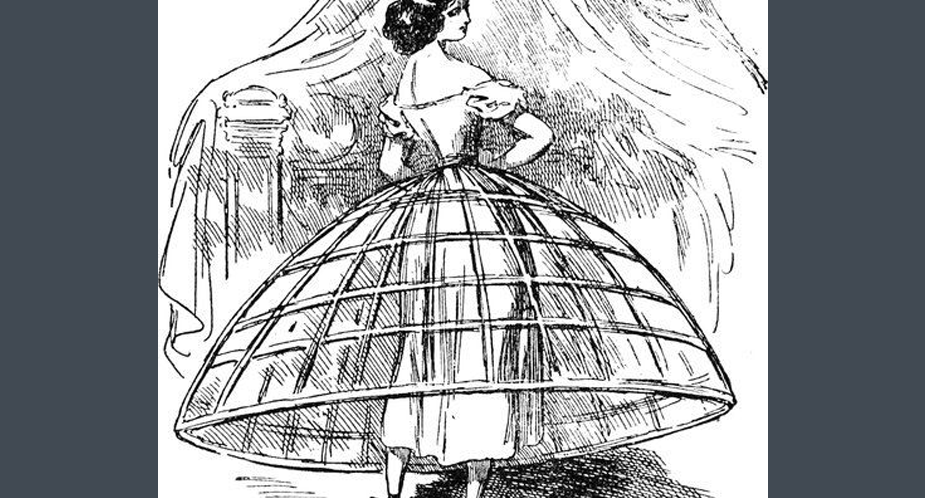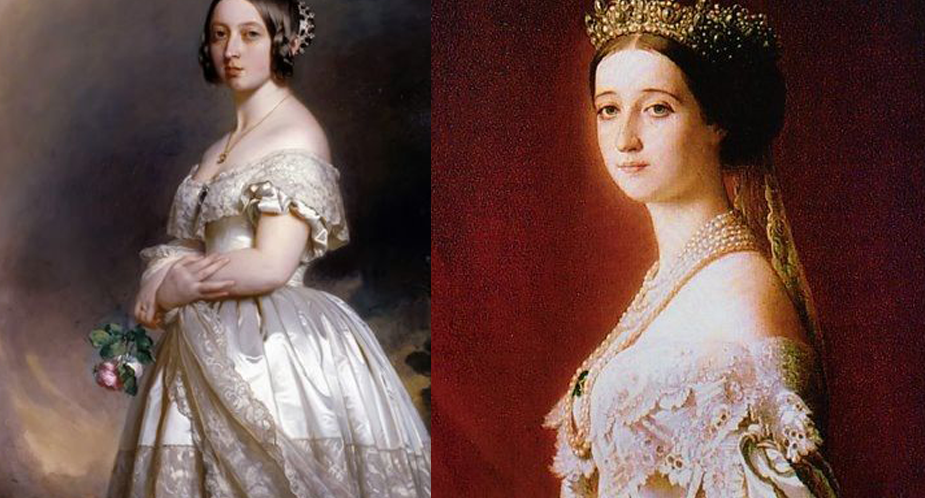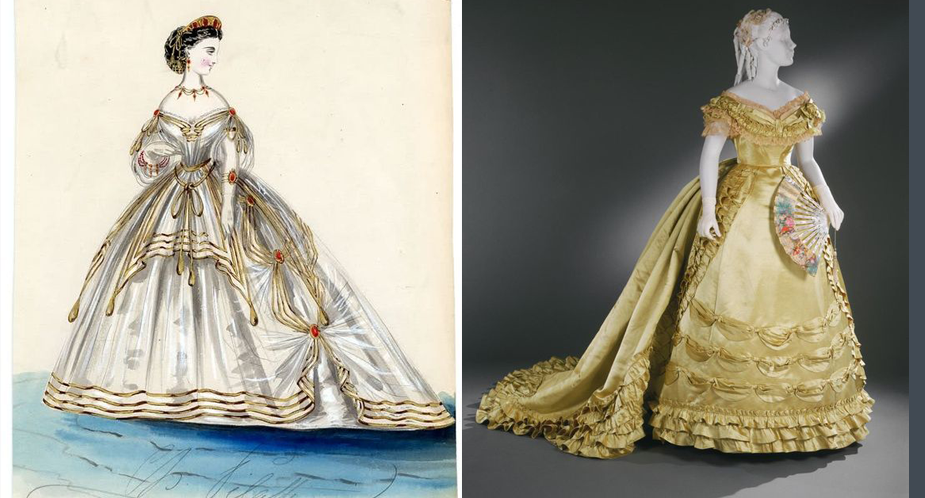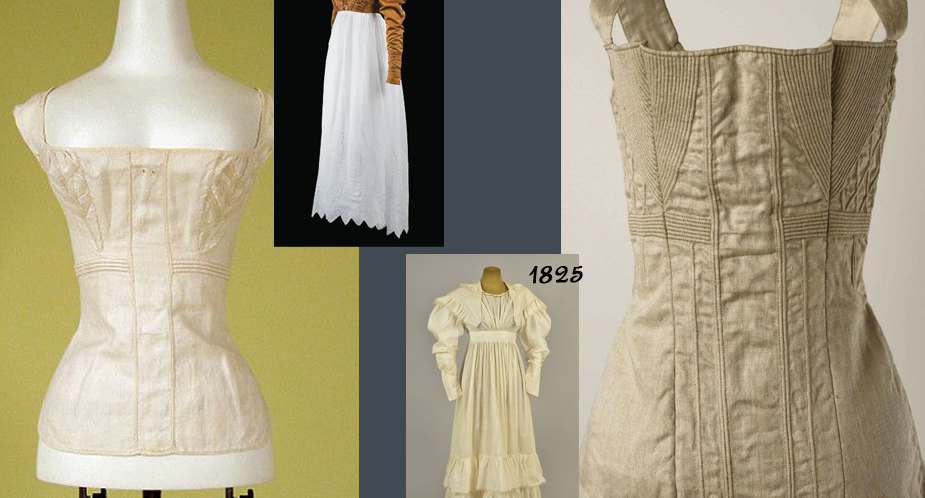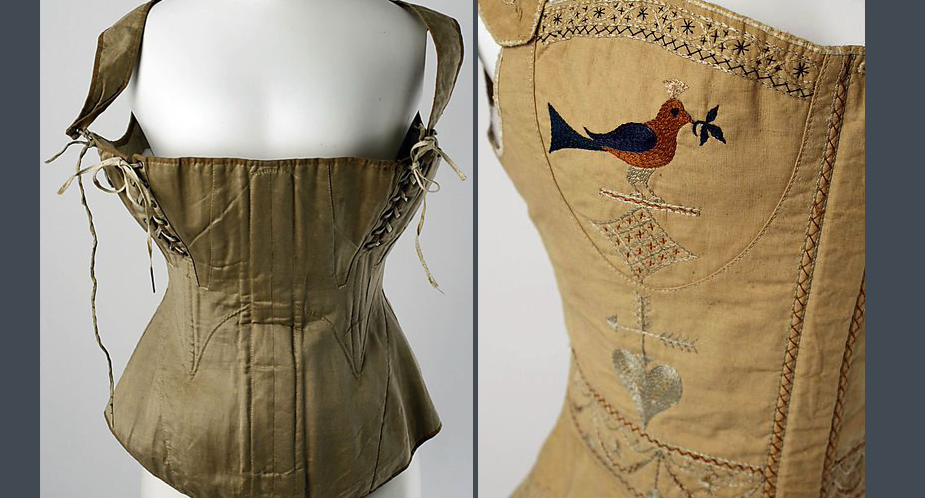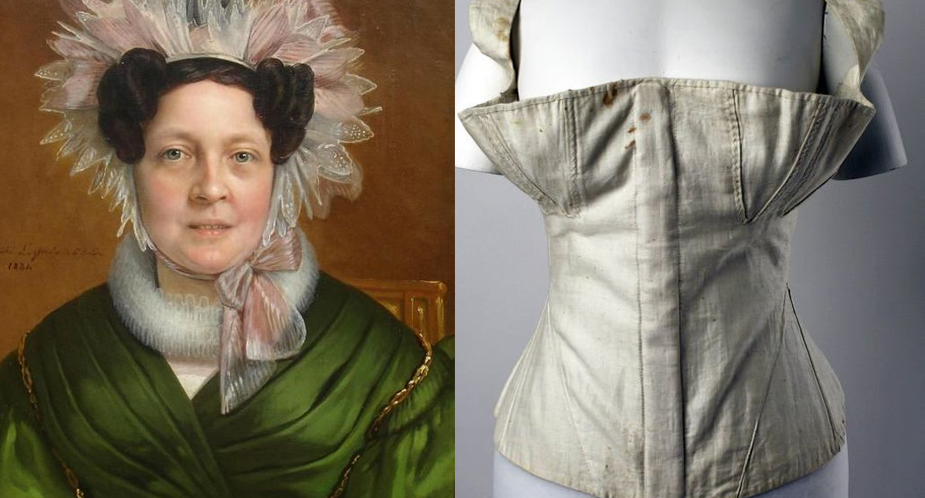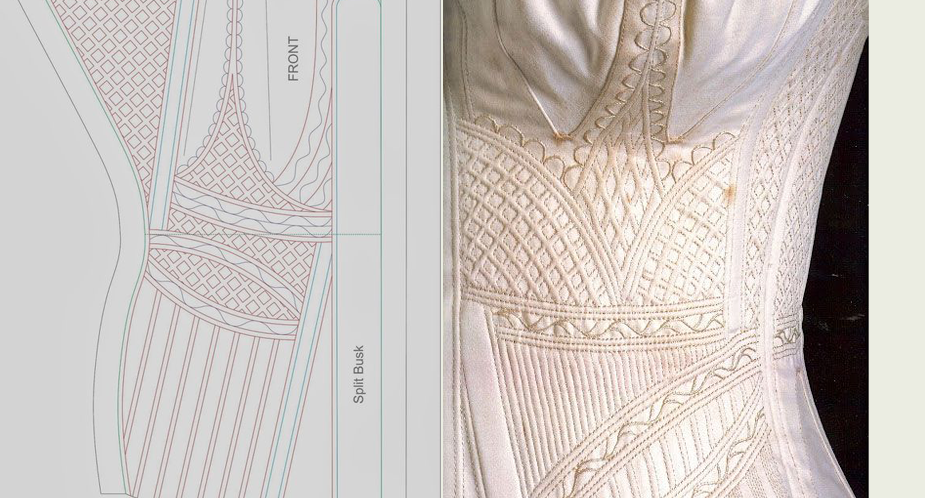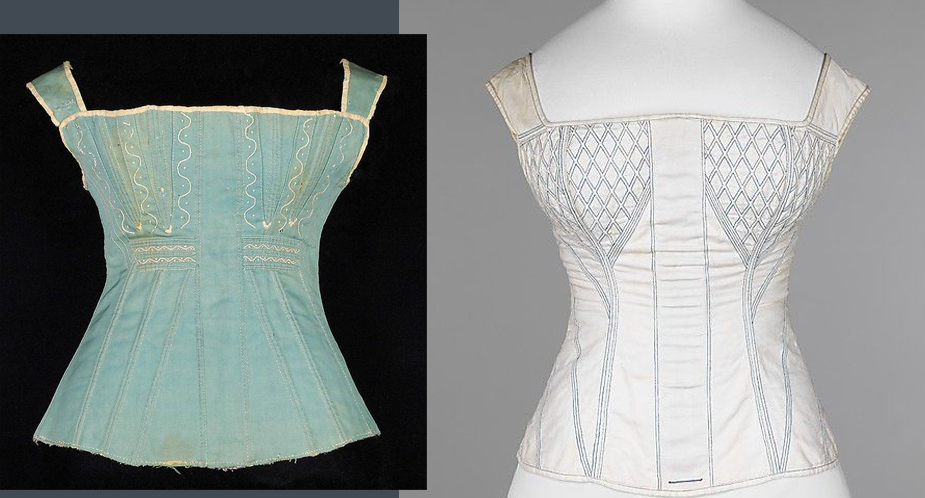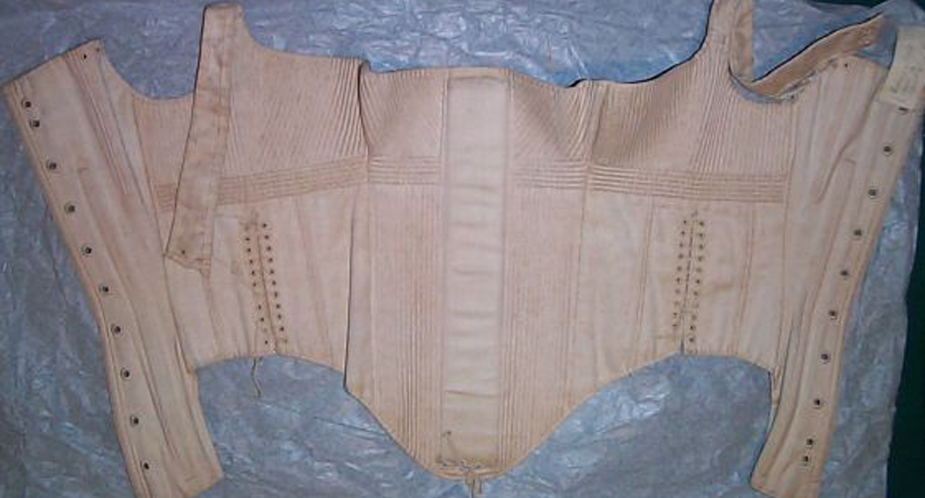…Regency silhouette, Charles Worth’s (Parisian designer setting style trends in the Victorian era) concept of the crinoline took away the multiple layers of heavy petticoats worn by prior decades of women that were used to create the shape of the skirts. Because the skirt was becoming wider and wider from …
